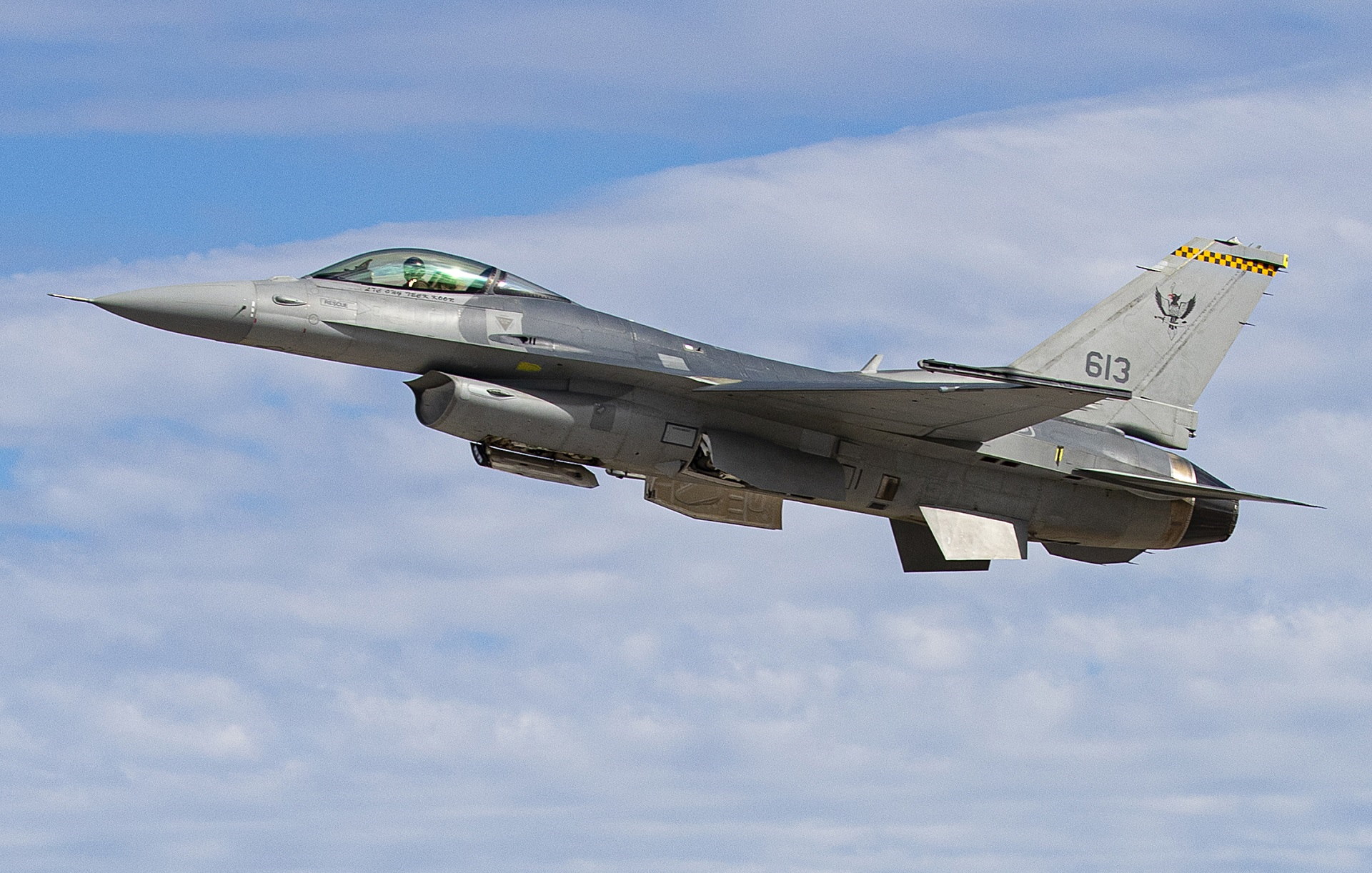SAF GOES GREENER, SETS UP NEW SAF SUSTAINABILITY OFFICE
//Story by TEO JING TING //Photos by PIONEER PHOTOGRAPHERS
The Ministry of Defence (MINDEF) and the Singapore Armed Forces (SAF) will meet, and in major areas cases exceed, national targets set under the Singapore Green Plan 2030.
This will be done through three ways: reducing carbon emissions growth, water consumption and waste.
For example, MINDEF will reduce overall emissions growth by two-thirds by 2030, said Minister for Defence Dr Ng Eng Hen during the Committee of Supply debate on the defence budget on 1 Mar. By 2050, it will halve emissions from 2030 levels.
The SAF will reduce emissions from its platforms, "when replacements are available and cost-effective, and without any loss of operational effectiveness, compromise in security or sharp rise in defence spending", he added.
Reducing carbon emissions
The main sources of emissions in MINDEF and the SAF come from building infrastructure and military platforms, said Dr Ng.
To counter this, more solar panels will be deployed in SAF camps and bases. This will double MINDEF and the SAF's solar adoption from 20 to 50 mega-watt peak – equivalent to the electricity consumed by 12,500 four-room households – by 2025.
MINDEF also aims to attain the Green Mark Platinum Super-Low Energy standards for all new large and retrofitted buildings.
These changes will reduce MINDEF's carbon emissions growth by about 40 per cent by 2030, said Dr Ng.
He added that the Army will completely replace its current administrative vehicle fleet with electric vehicles by 2030. Charging infrastructure will be set up in camps and bases progressively.
The Republic of Singapore Navy (RSN) will equip newer vessels like the Littoral Mission Vessels with energy-efficient LED lights and ozone-free water-mist fire suppression systems. It will also explore using garbage converters to reduce waste volume.
For the Republic of Singapore Air Force (RSAF), some F-16 jets will be trialling the use of green aviation fuel.
"(These trials will help the RSAF) understand the engineering, logistics and infrastructure works needed to scale up (the use of green aviation fuel) when it becomes more cost effective," said Dr Ng.
Reusing water & reducing food waste
Dr Ng elaborated that by 2030, the SAF aims to reduce water consumption by 10 per cent and reduce waste by 30 per cent.
For example, water fittings will be progressively replaced with more efficient ones that have at least three ticks under the Water Efficiency Labelling Scheme. The SAF will also continue investing in water-recycling systems, such as in the washing of vehicles.
When it comes to food waste, the SAF has already implemented segregation and recycling processes in 14 cookhouses. This will be done across all cookhouses by 2024. There will also be waste disposal contracts in place to recycle and repurpose other waste types like chemicals and scrap metal.
Taking ownership
In order to succeed in this SAF-wide green initiative, units must be empowered to contribute best efforts, said Dr Ng.
Smart utility metering systems will be installed progressively in all buildings, so that each unit knows how much it is producing in emissions, waste and water consumption.
Dr Ng explained that this will allow commanders to take ownership, benchmark their unit against others, and make more informed decisions for a greener SAF.
He also announced that MINDEF will set up a new SAF Sustainability Office to provide guidance and ensure the sustainability of its green efforts.
The role of SAF Chief Sustainability Officer will be helmed by the SAF's Chief of Staff-Joint Staff, and the office will be advised by an external advisory panel comprising experts in various fields.
"This command structure, guided by the right advice, will put us in the best possible trajectory for this long-term enterprise," concluded Dr Ng.










